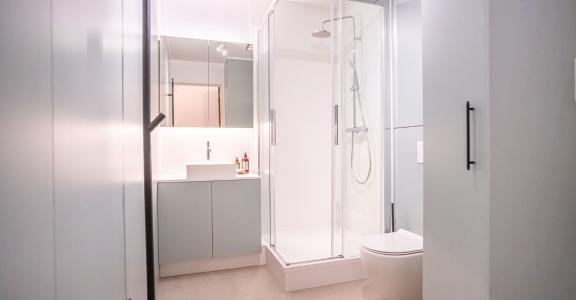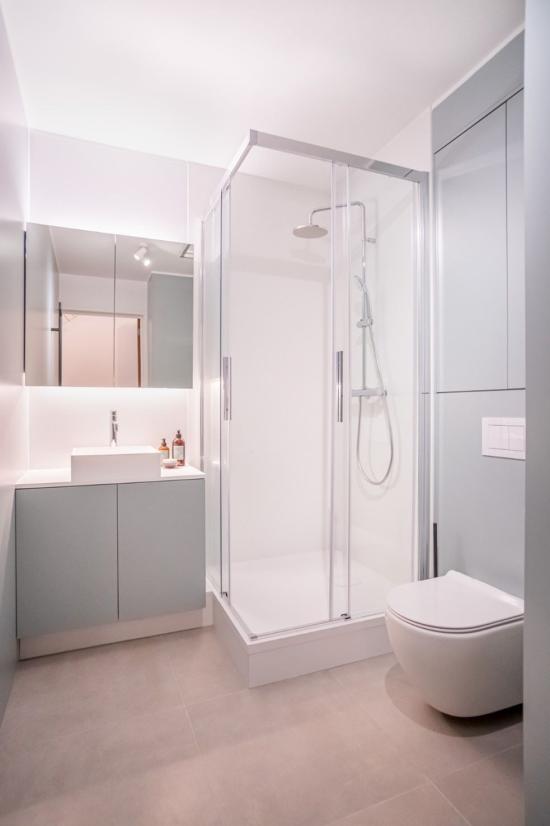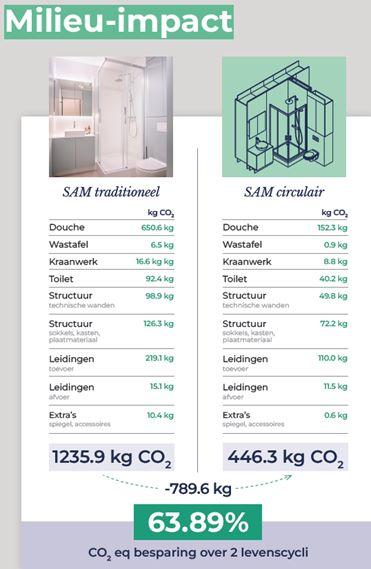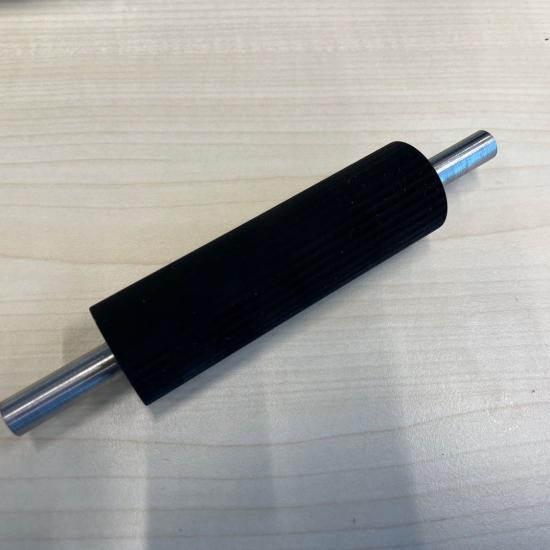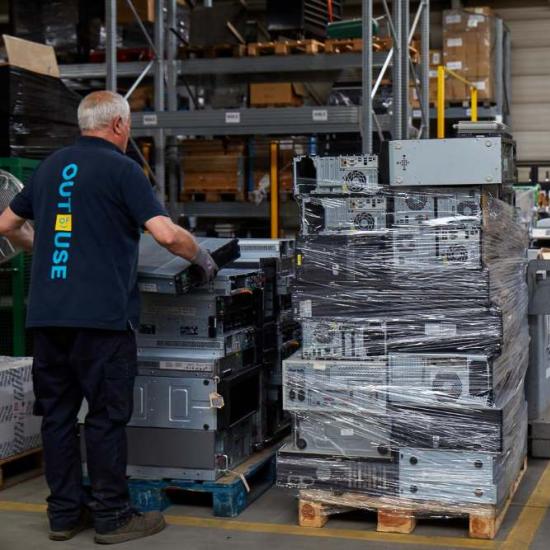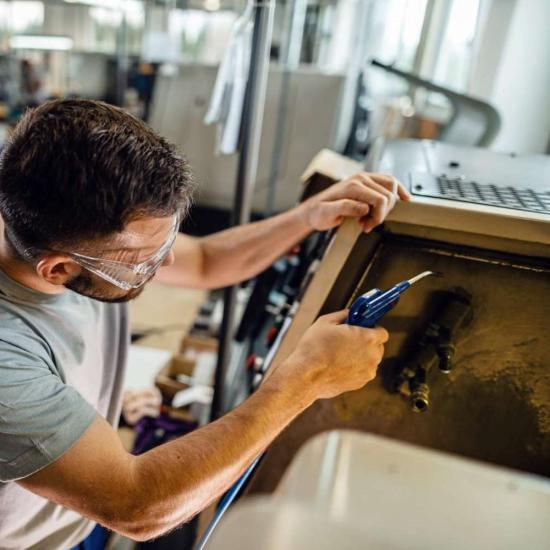Bao Living develops circular and sustainable, modular bathroom concept
How Bao Living uses the Ecocost method to design sustainable and circular alternatives.
Under the name SAM, Bao Living has developed modular building solutions for bathrooms, kitchens, bedrooms, storage and utility rooms. With their groundbreaking modules, they focus on affordable and sustainable solutions for the housing market.
How can we make our modular bathroom concept as circular and sustainable as possible? The Bao Living team took up this challenge with great enthusiasm. The choice of materials, the design and the associated revenue model (i.e. take-back and reuse after the first phase of use) were all taken into account. In this innovation process, choices must be continuously made that affect the economic model (value retention, life cycle costs) and the environment (e.g. the carbon footprint). “A quantitative method to compare the environmental impact of alternatives is really necessary”, says Dorien Eeckhout, project manager. “We were looking for a method that is scientifically substantiated and sufficiently accurate while also being fast and workable. That's how we came to choose Sirris and the Ecocost method”.
Ecocost method
The Ecocost method was developed by Professor Joost Vogtländer and his team at the Delft University of Technology. “It’s essentially a simplified life cycle assessment that estimates the costs of preventing or undoing environmental damage, and is therefore expressed in euros”, explains Stefan Milis, project manager at Sirris. “This approach is in line with scientific guidelines for life cycle assessment and is supported by an open-source database and even an app (Idemat). We try to draw up a simplified model for the life cycle impact together with the customer and transfer the knowledge so that Bao Living can continue to use and adapt the model afterwards.”
“We first got together to explain our product - the SAM module - in detail: functions, life cycle phases, revenue model, materials choices and composition, production processes, etc... Sirris asked a lot of questions, to which we did not always have an answer right away”, says Dorien. This often leads to further desktop searches, questions to suppliers or other actors, or additional research. It also helps to identify implicit assumptions or blind spots.
We then agreed on a number of important choices:
- What is the basis for comparison (the functional unit) in this case, we chose the life cycle impact of a bathroom over 30 years, and - both the overall environmental impact and the carbon footprint were calculated.
- What do we include in the model and what is left out (scope and system boundaries)? We decided for example to leave out the impact of water and energy use during the use phase - as it was the same for all the alternatives.
- Which scenarios are developed? For example, which components of the circular module can or will be taken back and reused?
Finally, a reasonably detailed Ecocost model was drawn up for the SAM bathroom module. We started from the materials lists (approx. 150 different items) of the original and circular concepts. If no impact data is available for a material, we used the indicators of similar materials, selecting those with an expected higher impact to get a ‘pessimistic’ estimate.
“Typically, setting up a simplified life cycle assessment has a lead time of several months, depending on the complexity involved, whether or not information is missing, the number of associated actions, and the time commitment at both Sirris and the client”, says Stefan. In this case, things went very smoothly. Thanks to the data already available, the thinking that preceded our assignment and Dorien's promptness, we were able to deliver the model in only about 6 weeks, including five days of total working time by Sirris. It is clear that Bao Living really wanted to get on with this project, so they were willing to devote the necessary time to it.
Life cycle impact halved
“We now have a quantitative model and the associated knowledge in-house to make good and well-founded choices for further developments of the SAM modules. We gained better insight into which materials, components and life cycle parameters represent the highest impact (hotspot analysis), and which life cycle scenarios are the most attractive. We are particularly proud of the new circular economy SAM bathroom modules, which have a life cycle impact of only about half of the original module!”, laughs Dorien.
When like-minded people tackle such projects with a lot of drive, you can really achieve good results, even in the short term.
